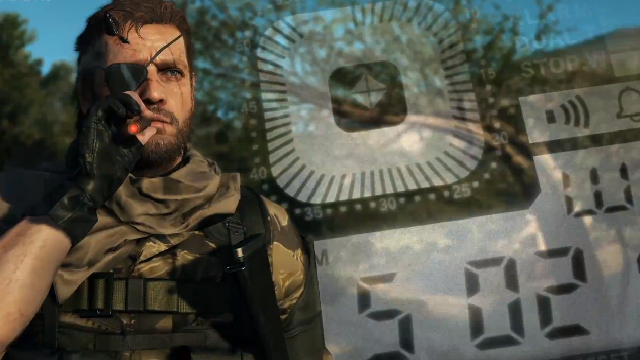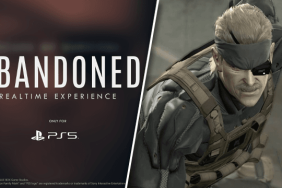More than six years of hard work and investment has come down to this week. Metal Gear Solid V: The Phantom Pain cost Konami more than any other game it has ever funded at over $80 million, and it's demonstrated that it's very concerned as to whether or not it'll get its money back. A lot was riding on this release, and judging by early sales it'll be a big financial gain.
A Japanese Google ad suggests that MGSV: The Phantom Pain has sold over three million copies worldwide during its first week on the market. Many speculate that the PS4 version has sold the most copies, with PC and Xbox One coming in a distant second and third.

In contrast, Metal Gear Solid 4: Guns of the Patriots sold 1.2 million units on day one, and above four million during its first month on the market. Seven years later it stands at around six million units sold.
It might appear that this three million figure means that the game has earned its investment back. Unfortunately, if Tomb Raider's similar $100~ million development and subsequent struggle to profit was any indication, MGSV: The Phantom Pain will need to hit five million units sold before it starts to make money for Konami. The only variable that makes things difficult to analyze is the heavy presence of microtransactions in MGSV: The Phantom Pain. Microtransaction content has a high profit margin and can aid the pursuit for revenue in a significant way.
Whatever its sales end up being, MGSV: The Phantom Pain is a very special game. Standing at a rare 95 Metascritic score with a 4.5/5 from our very own Matt Utley, its years and millions of dollars of investment show in its fun factor, presentation, and polish.
10 Weird Story Elements in Metal Gear Solid
Top 10 Wierd and Outrageous Story Elements in the Metal Gear Solid Series
-
Mr. Hot Coldman\'s Peace Walker Kills Itself

During Metal Gear Solid: Peace Walker Big Boss learns that CIA Station Chief Hot Coldman—yes, that's his name—worked together with Dr. Strangelove to make a nuclear metal gear equipped with The Boss' A.I. Called Peace Walker, it was a remarkably dangerous creation that was made specifically to return nuclear fire in the event of an offensive attack.
rn
rnSoon after its deployment, Peace Walker is mistakenly given order to return nuclear fire. A moment before the A.I. fires its ICBM, potentially summoning nuclear war, The Boss' A.I. comes alive and forces the Peace Walker to drown itself in Lake Nicaragua. The event is shown as a reawakening of the legendary The Boss and her anti-war philosophy. -
Johnny Sasaki the Diarrhea Expert
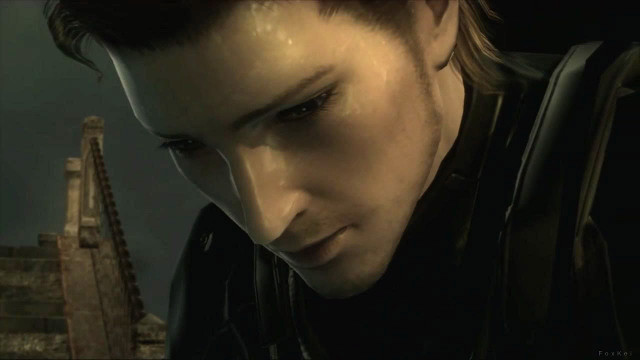
Since the original Metal Gear Solid there's been a recurring appearance of a character who battles with bowel issues. Known as Johnny Sasaki, his first appearance was in Metal Gear Solid where he guarded the cell of Solid Snake. He would leave his post after experiencing a rush of diarrhea, opening up an opportunity for Snake to hide himself and escape. His name was only encountered later in the credits upon finishing the game.
rn
rnIn Metal Gear Solid 2 Johnny wasn't physically encountered, and instead made a cameo when the player was provided a directional microphone to detect Richard Ames' pacemaker. Johnny's bowel movements could be heard through the wall during this sequence.
rn
rnMetal Gear Solid: Snake Eater continued the ridiculousness as Johnny's Russian grandfather was met by Big Boss following his capture. To no surprise, he similarly battled diarrhea while guarding a cell block.
rn
rnIn Metal Gear Solid 4 Johnny Sasaki was not only made into a major character, but his face was seen for the first time ever. Solid Snake encounters Johnny while he's having a bowel movement under the disguise of a barrel. Interestingly enough, Johnny would fight alongside Solid Snake during the game, and eventually marry Meryl Silverburgh leaving the audience in pure disbelief. -
Illuminati Censorship
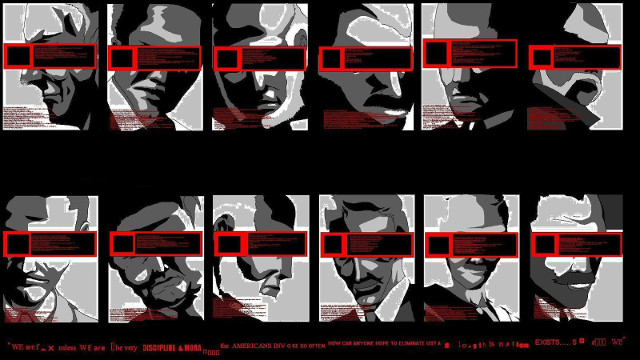
Throughout the Metal Gear Solid series a powerful organization comprised of wealthy individuals is mentioned. This world-controlling organization is made mysterious, bearing striking resemblance to what people in our real-world refer to as The Illuminati. It isn't until Metal Gear Solid 4 that the organization is featured front and center stage. rn rnDuring the course of Metal Gear Solid 4, the player regularly hears mention of a group with an obscure name. It turns out that when this name is heard, the person speaking is actually saying "The Patriots", the official name of the organization. However, thanks to nanomachine censorship, this is translated to "La-li-lu-le-lo" during communication. rn rnThe Patriots would later be revealed to be the support group of Metal Gear Solid: Snake Eater including Sigint, Para-Medic, and Major Zero, once again reinforcing that Hideo Kojima likes to correlate everything in the franchise no matter how insane it is. -
MGS2 Simulation Reveal
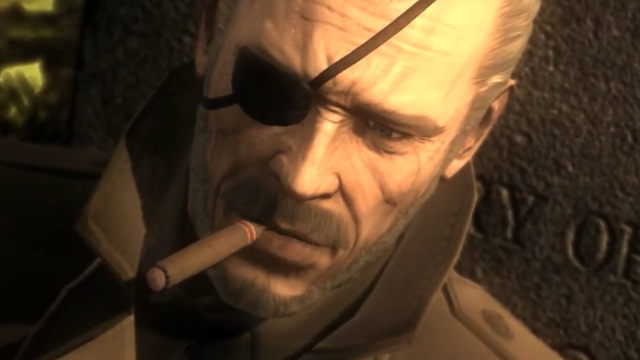
Big Boss' appearance at the end of Metal Gear Solid 4 was arguably unnecessary. What isn't arguable is how ridiculous the things he had to say were.
rn
rnDuring his 10+ minute speech to Solid Snake in a graveyard, Big Boss would state that many of the events of Metal Gear Solid 2 were just a simulation and never actually took place. He would go on to explain that an A.I. created by Major Zero would try to assume control of the world, crafting alternate universes in the process. For those who didn't like Metal Gear Solid 2, it was a redeeming revelation. For everyone else, it was silly beyond belief. -
Nanomachines Explain Everything
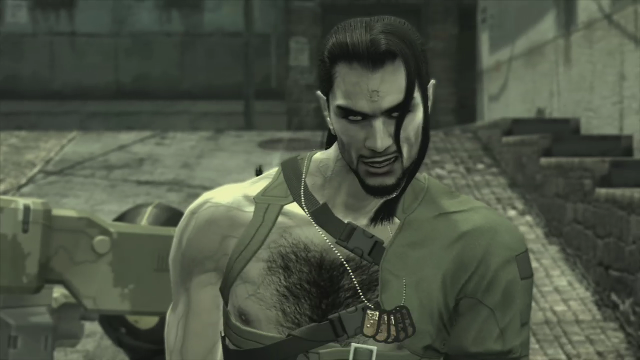
Metal Gear Solid has employed various supernatural elements over the years. Given the series' commitment to a realistic world, these elements always stood out as something bizarre but explainable through natural means.
rn
rnFor example, in Metal Gear Solid 4 Solid Snake would encounter an antagonist named Vamp, an ex-member of Dead Cell capable of running on walls at blazing speed, and even standing on water. He would even recover from significant wounds out of nowhere, making him seemingly invincible.
rn
rnVamp, along with a large library of other supernatural elements in the series, would later be explained as the product of nanomachines, microscopic machines that would dwell in the bloodstream of individuals. It was such a ridiculous turn of events that it has remained common joke among gamers when discussing game elements that have no logical explanation. -
Quadruple Agents
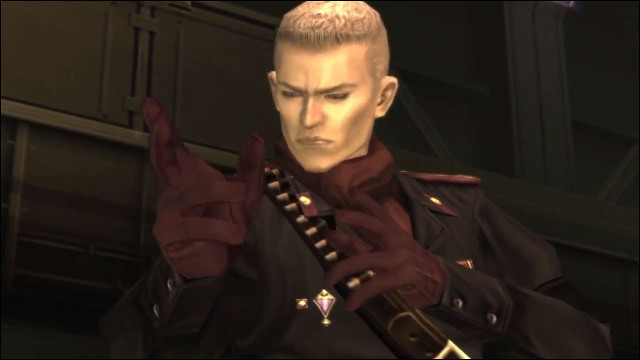
Undercover operations were an extremely important part of Metal Gear Solid: Snake Eater's storytelling. For one, The Boss' undercover defection from the U.S. to the Soviet Union was a major plot element, but it went much further from that.
rn
rnIt's revealed later into the story that Revolver Ocelot is a U.S. Agent who is, similar to The Boss, now working with the Soviet Union. However, he shows moments of being a double agent as he works in the Soviet Union's favor. Shortly after, he becomes a triple agent, and then eventually a quadruple agent. It's all a mess of complexity that ultimately does the iconic character a disservice.
rn
rnTo make matters worse, another character named Eva was similarly an undercover agent. Her motives are explained much more directly, but it's hard to dismiss the fact that Metal Gear Solid: Snake Eater is overflowing with undercover agents. -
The Arm
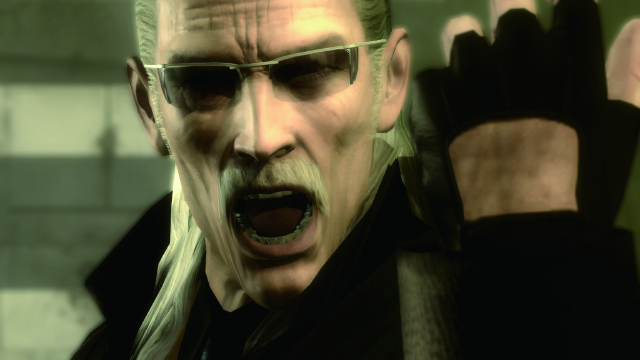
There is, simply put, nothing as controversial as Liquid Snake's arm. Chopped off during battle, the arm was soon transplanted onto the one and only Revolver Ocelot. Throughout Metal Gear Solid 4 Revolver Ocelot is shown behaving remarkably similar to Liquid Snake, explained as nanomachines in the arm taking over Ocelot's body. It's a far-fetched explanation that confused many players. rn rnHowever, the story makes a quick left turn out of nowhere and reveals that Ocelot was never controlled by the arm, but rather Ocelot hypnotized himself to behave and sound like Liquid Snake. Supposedly, he did this in order to fool The Patriots into thinking he was actually controlled by Liquid Snake. If you can't make sense of it, then you aren't alone. This single piece of the story is considered by many Metal Gear fans to be the worst plot element in the series' over 28 years of history. -
Paz\'s Nether Parts Bomb
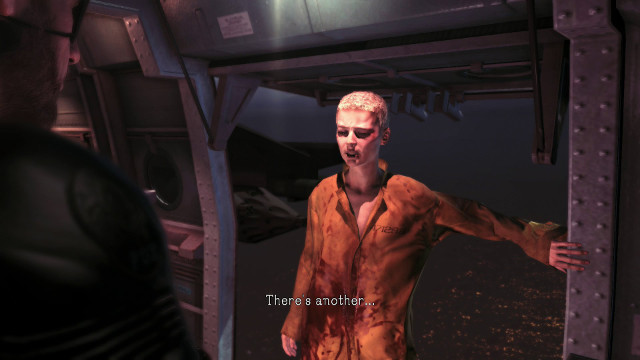
The story behind what Paz endured at the hands of Skullface prior to the events of Metal Gear Solid V: Ground Zeroes was already way over the top. To give you an idea, she was apparently gangraped and beaten, among other things that could be regarded as worse.
rn
rnAt the end of Metal Gear Solid V: Ground Zeroes she is rescued by Big Boss in a dangerous mission. Members on-board the escape helicopter quickly learn that she has a bomb in her abdomen. It is surgically removed before detonation, saving the crew. However, she soon reveals that there is another bomb, inferring that it's inside her private parts. She jumps out of the helicopter just in-time for the nether parts bomb not to cause instant-death to Big Boss and his team. However, the helicopter crashes due to structural damage, trigger the beginning of Big Boss' multi-year coma. -
MGS3\'s Supernatural Bosses

Metal Gear Solid: Snake Eater's boss cast is regarded as one of the most consistently interesting in gaming history. However, that doesn't mean that their design is founded in reality. rn rnAmong the group of antagonists you have a guy who can control bees, another who produces electricity at will, a ghost, and an over 100 year old man who is better with a sniper rifle than anyone else in the world. It's got to be those nanomachines. -
Visible Codec Conversations
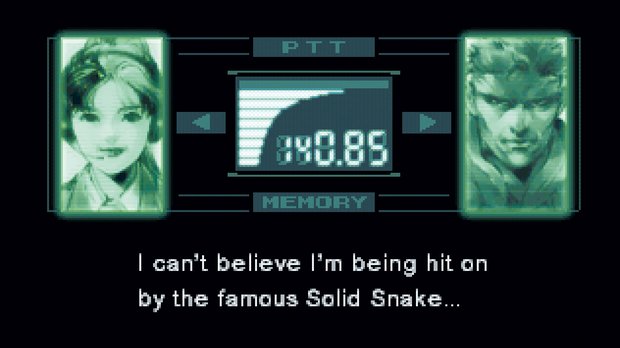
Codec conversations have been an important element of Metal Gear since its inception. In Metal Gear Solid 4 Liquid Snake demonstrates that people can see each other through the system when he changes costume to fool Solid Snake. Given that codec is supposed to be radio communication through an ear piece, it makes absolutely no sense.
